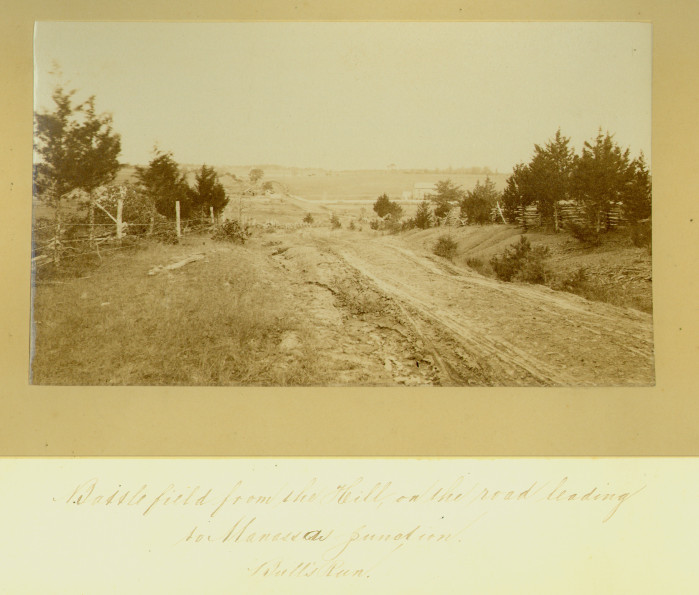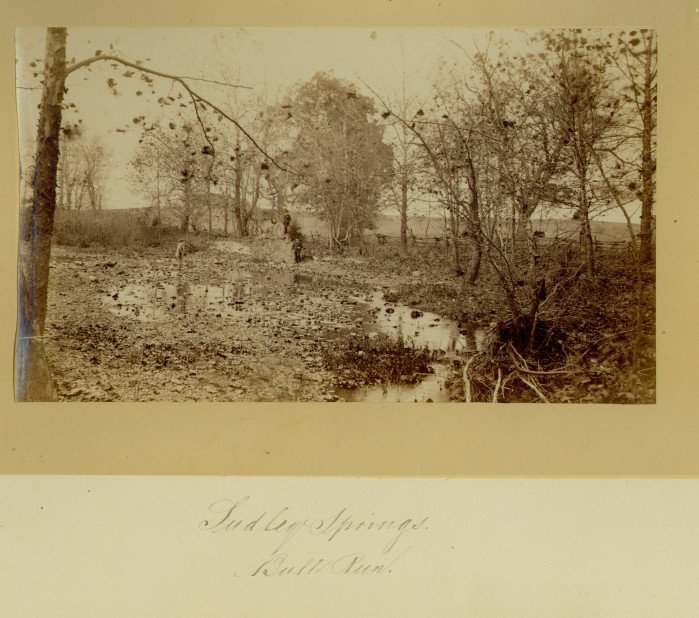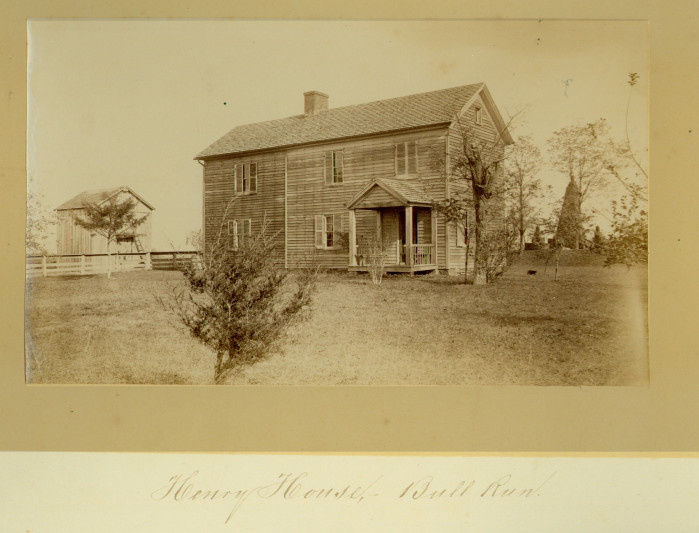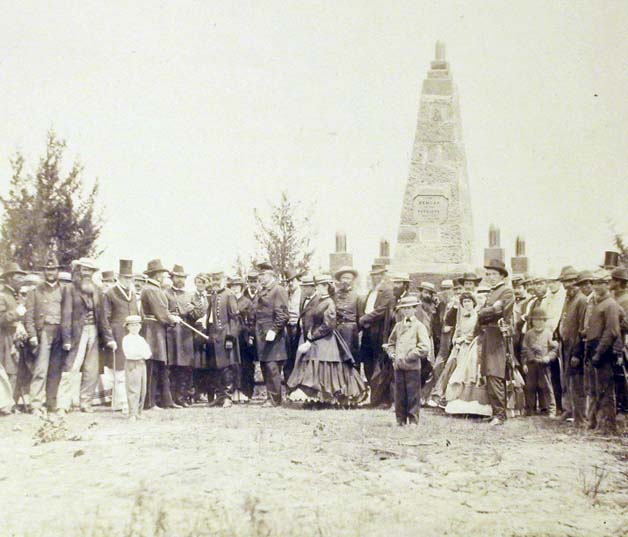150th Anniversary of the Civil War's First Battle of Bull Run
150 years ago this past April, the United States began its most trying and desperate hour. In the wake of the secession of eight Southern States from the Union, government and military leaders in the North understood that, in order to preserve the Union, the South would have to be invaded. President Abraham Lincoln called for 75,000 volunteers to serve for 90 days. His call for volunteers caused four more states to secede, including Virginia. He believed that one great victory in battle would end the war. That victory did not come, but the ground chosen for that battle would take a prominent place in the annals of the history of the United States of America.
July 21, 2011 marks the sesquicentennial of the First Battle of Bull Run, or First Manassas, and the Special Collections Department of the Albin O. Kuhn Library has information regarding this and many other Civil War topics. Whether you are a researcher, historian, or a Civil War enthusiast, Special Collections has many resources that can guide you through an historic event as if you were there yourself.
 Battlefield from the Hill on the Road leading to Manassas Junction, Bull's Run click here for image
Battlefield from the Hill on the Road leading to Manassas Junction, Bull's Run click here for image
The first 3 months of The War Between the States saw only skirmishes between small units of the combatants' armies. However, on July 21, 1861, the two unproven and untried armies met in battle on a grand scale for the first time. The Union Army was ordered to march on the Confederate capitol of Richmond, VA, while the Confederate army took up defensive positions just 25 miles southwest of Washington, D.C. along the Bull Run Creek in the town of Manassas, VA. Manassas was an important railroad junction which the Union Army needed to capture to facilitate the successful invasion of the South.
 In order to bypass the enemy's defenses, the Union commander, General Irvin McDowell, decided to attempt to cross the creek at an undefended spot to the north west of the Confederate positions. The ford near Sudley Springs provided access for the Union troops to breach the defenses and engage the enemy.
In order to bypass the enemy's defenses, the Union commander, General Irvin McDowell, decided to attempt to cross the creek at an undefended spot to the north west of the Confederate positions. The ford near Sudley Springs provided access for the Union troops to breach the defenses and engage the enemy.
Sudley Springs, Bull Run click here for image
The battle contained some famous exploits, including those of Brigadier General Thomas J. Jackson, who earned his illustrious moniker because his brigade stood their ground like a “stonewall.” The man who allegedly gave him that nickname was Southern General Bernard Bee, who was mortally wounded not long after. His friend, Colonel Francis Bartow, was also killed nearby. Today there are monuments marking these spots.
First Bull's Run from spot where Bee & Barto[w] Fell click here for image

Jackson made his stand along a ridge not far from the Henry House, around which occurred much of the fighting. The house was very badly damaged and the tenant, 85 year old widow Judith Henry, was killed. Afterwards the Henry house was demolished and rebuilt. It is interesting to compare our photo of the house with the modern one. Click here to search for images of the house today.

Henry House, Bull Run click here for image
In 1865, a monument was erected by Union veterans to honor the dead of the First Battle at Bull Run, and Special Collections has the very moment captured on film. Today the monument stands just behind the Henry House, and it can be seen in our photo of the house, which means our photo must have been taken after 1865.

Dedication of monument on Bull Run battle-field click here for image
Special Collections has an extensive photograph collection for historians and researchers to utilize, with more being added every day. Check out our Civil War Digital Collection: http://contentdm.ad.umbc.edu/civil_war.php. In fact, all the resources used for this post came from Special Collections and the Albin O. Kuhn Library. Come to the Special Collections Department and let history be your guide!
by Robert Bennett, Intern, Special Collections
Bibliography
Battles and Leaders of the Civil War, Volume I. Robert Underwood Johnson and Clarence Clough Buel, eds. Castle. Secaucus: 1982.
First Bull Run: An Overview. US Army Center of Military History. 30 June 2011. Retrieved on 19 July 2011 from http://www.history.army.mil/StaffRide/1st%20Bull%20Run/Overview.htm.
Risley, Ford. The Civil War: Primary Documents on Events from 1860 to 1865. Greenwood Press. Westport: 2004.
The Civil War Archive: The History of the Civil War in Documents. Henry Steele Commager, Ed. Revised and Expanded by Erik Bruun. Black Dog & Leventhal. New York: 2000.


